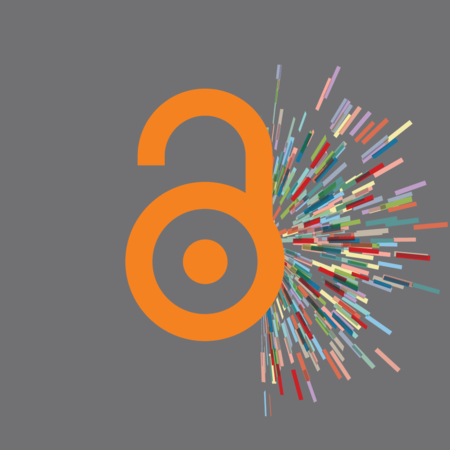On January 1, 2014, a new open-access policy for faculty's scholarly writings will take effect at the California Institute of Technology (Caltech). According to this policy, approved by the faculty at their June 10 meeting, all faculty members will automatically grant nonexclusive rights to the Institute to disseminate their scholarly papers, making wider distribution of their work possible and eliminating confusion about copyright when posting research results on Caltech's websites.
Open-access policies were pioneered by Harvard University in 2008, and since then many research universities have adopted similar policies, including Duke University, Princeton University, the University of California, and the Massachusetts Institute of Technology. The principal rationale for open-access policies is to ensure maximum availability of scholarly work in a timely fashion. As John Dabiri, chair of the Caltech faculty and professor of aeronautics and bioengineering, explains, "The decision of our faculty to make their papers freely accessible online will ensure that the global community of researchers, students, and casual followers of science and engineering will learn about our work at earlier stages, enabling them to put it to use for the benefit of society."
Caltech faculty produce more than 2,000 papers each year spread out over hundreds of scholarly journals, all of which have their own policies regarding the author's copyright in the material, how and when it can be exercised, and by whom. This has led to substantial confusion regarding exactly when a particular paper can be posted to a faculty member's website or to CaltechAUTHORS, the Institute's online repository. Juggling different publishers' demands is not only cumbersome; the consequences of failing to do so may be significant. Indeed, some publishers, seeking to protect their own investment in scholarly work, have authorized third-party agencies to find articles posted in violation of their contractual rights and to issue Digital Millennium Copyright Act takedown notices that threaten legal action if articles are not removed from the web.
Caltech's new open-access policy will simplify the copyright status of scholarly papers and, as University Librarian Kimberly Douglas says, put faculty "in the driver's seat, to empower them to do what makes sense for them." Faculty may still grant exclusive rights to their publishers, either permanently or for an embargoed period, but to do so, they must request a waiver from the open-access policy. At other institutions with open-access policies, such as MIT and Harvard, faculty have requested waivers for about 5 percent of the total number of papers produced, usually to comply with the requirement of a few publishers that want a formal waiver in order to even consider manuscripts for publication.
Several research groups at Caltech, including the Institute for Quantum Information and Matter (IQIM), the Kavli Neuroscience Institute (KNI), and Theoretical Astrophysics Including Relativity and Cosmology (TAPIR), already point to the Institute's online repositories for relevant faculty papers. Under the open-access policy, Douglas explains, other research groups will likely take the same step, posting their papers to their own research websites to facilitate public access. Articles will also be available globally through the CaltechAUTHORS database. Indeed, Caltech's new open-access policy is partly motivated by a February 2013 directive from the United States Office of Science and Technology Policy requiring federal agencies to develop plans to make the final results of federally funded research freely available within a year of publication.
Caltech's new policy "continues the opening of access to Caltech research results, which began in 2003 with making PhD theses available to the whole world, both new ones that are produced in electronic form and old ones that have been scanned and made available online," says Rick Flagan, chair of the Caltech faculty library committee and Irma and Ross McCollum-William H. Corcoran Professor of Chemical Engineering and Environmental Science and Engineering. "Open access means that papers that would previously have been locked behind a publisher's gatekeeper will now be freely accessible to all."
"Ideas are most powerful when they are free to move, not held behind a screen until they are purchased from a vendor," concurs Brent Fultz, a professor of materials science and applied physics and member of the faculty board. "The new open-access policy at Caltech increases the impact of our ideas by better connecting them to the information society around us."
Of course, Caltech faculty will continue to publish in peer-reviewed academic journals, and publishers will continue to own the rights to their own formatted versions, but final manuscripts in the author's format will be available through Caltech. And, says Douglas, "If they want to, authors can make their personal versions as available as possible, either independently or through Caltech."
Whatever the future holds for scholarly communication and publishing, the motivations underlying Caltech's new open-access policy are essentially traditional scholarly ones. "Our goal at Caltech is to discover things that can transform our world," says Morteza Gharib, vice provost for research and the Hans Liepmann Professor of Aeronautics and Bioinspired Engineering. "This objective also means that we take responsibility for ensuring that people everywhere have a reasonable chance of learning about our work."
 Credit: Lance Hayashida
Credit: Lance Hayashida

